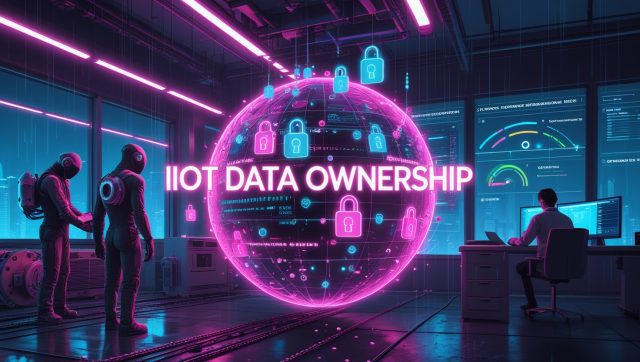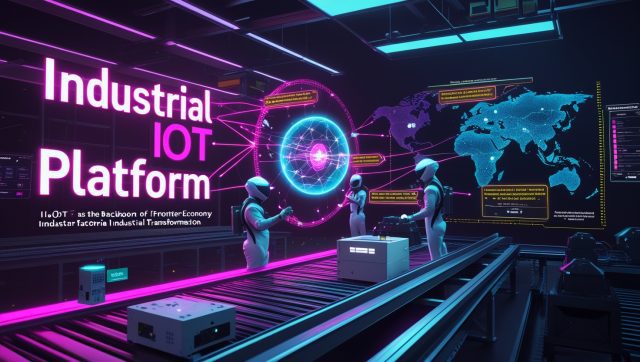The Silent Shift in Industrial Operations
What separates thriving manufacturers from those struggling in 2025? At 3:47 AM, Maria Gonzalez—a plant manager at a major automotive supplier—receives an automated alert. A vibration sensor predicts bearing failure on Line 7 within 42 hours. She reroutes production, preventing $1.2M in downtime. This isn’t exceptional; it’s Tuesday.
Global supply chain disruptions now cost enterprises $4.6 trillion annually. With 75 billion connected devices generating 80 zettabytes of data this year, the fusion of industrial IoT sensors and edge computing has shifted from luxury to survival. Raw data means nothing without instantaneous interpretation. For instance, predictive maintenance strategies, as seen in Siemens’ Amberg facility, leverage these sensors to cut downtime significantly learn more about AI-driven predictive maintenance.
The Data-to-Decision Crisis
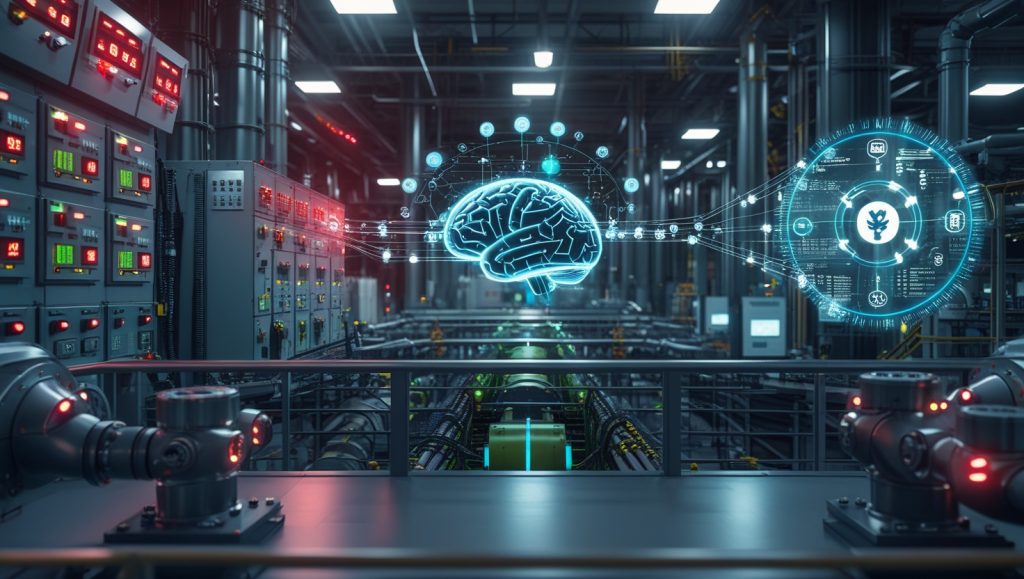
Legacy systems crumble under three flaws:
- Cloud latency (200-500ms delays) allows defects to cascade
- Isolated data silos blind teams to systemic risks
- Human monitoring misses 73% of micro-failures
Industrial IoT sensors bridge this gap. Hardened for extreme environments, they convert physical variables into AI-digestible streams.
Core Technologies Enabling Real-Time Decisions
Edge Computing Architecture
Processing data near its source slashes latency to <5ms. Tesla’s Dojo microcontrollers analyze vibration patterns locally, eliminating cloud dependency. Ericsson’s 5G private networks achieve 0.8ms response times—critical for robotic controls. This architecture also supports digital twin synchronization for robotic safety training, enhancing operational precision.
Cybersecurity Foundations
With industrial attacks rising 230% since 2022, next-gen sensors embed:
- Zero-trust authentication
- Homomorphic encryption (processing encrypted data)
- AI-powered decoy systems
7 Industrial IoT Sensors Transforming Operations
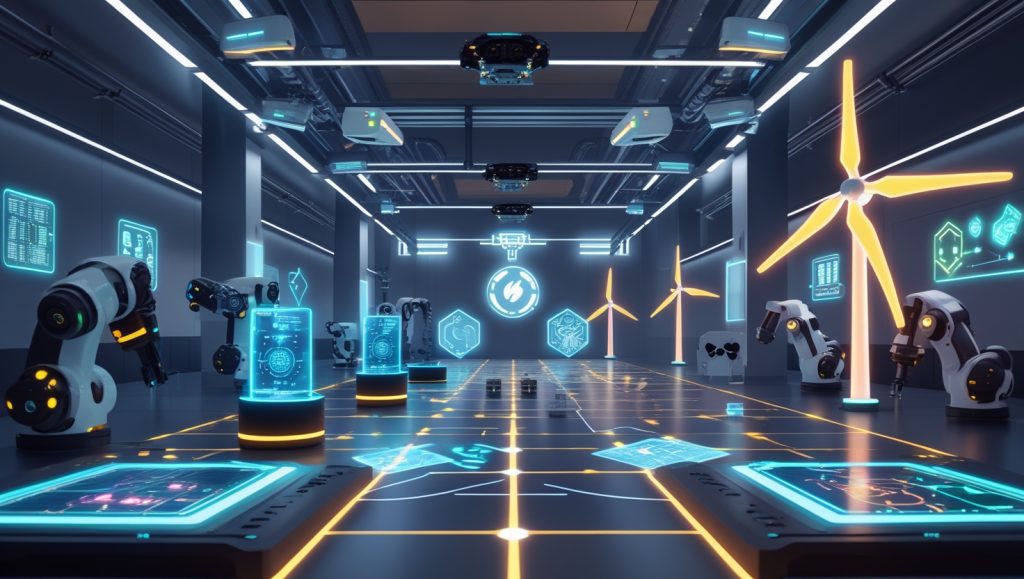
1. Multispectral Vibration Sensors
Operational Impact of Predictive Vibration Monitoring
BMW’s Munich plant uses piezoelectric sensors capturing 100,000 data points/second. AI correlates vibrations with thermal patterns, predicting failures 8 hours earlier than human teams. Results:
- 43% fewer downtime incidents at Siemens’ Amberg facility
- $280,000 annual savings per production line
Technical edge: Frequency-domain analysis identifies resonance harmonics preceding mechanical failure. These sensors, enhanced by real-time analytics, enable energy-efficient automation trends seen in modern factories. For deeper insights, explore how vibration analysis optimizes uptime in Rockwell Automation’s case studies.
2. Hyperspectral Imaging Cameras
Quality Breakthrough via AI-Powered Defect Detection
Foxconn’s Shenzhen factory deployed cameras with convolutional neural networks (CNNs). They detect sub-micron defects at 120 frames/second, achieving:
- 99.991% defect accuracy on micro-electronics
- 50% reduction in inspection labor
Innovation: Federated learning improves shared AI models without transmitting sensitive data. This technology aligns with AI-driven industrial applications, ensuring precision in high-stakes manufacturing. Learn more about CNN advancements in NVIDIA’s vision AI research.
3. Environmental Tracking Arrays
Sustainability Gains Through Real-Time Environmental Monitoring
BASF’s chemical plants combine gas spectroscopy, particulate sensors, and corrosion detectors. These:
- Predict corrosive micro-environments 72 hours ahead
- Cut HVAC costs 14% via adaptive ventilation
- Ensure 100% compliance with emission regulations
Connectivity: 5G RedCap modules enable high-speed data transfer at 70% lower energy cost. These arrays support blockchain-verified sustainability efforts, enhancing transparency in emissions tracking. For technical details, see Siemens’ environmental sensor solutions.
4. AI-Optimized Energy Meters
Cost control:
Schneider Electric’s meters detect phase imbalances wasting 12% of industrial energy. AB InBev’s Houston brewery achieved:
- 31% lower energy costs
- 8,200-ton annual carbon reduction
Analytics edge: Cross-referencing weather data and grid pricing enables automated load shedding. These meters complement AI-driven energy cost reductions in manufacturing.
5. Ultra-Wideband Asset Trackers
Logistics precision:
DHL’s Leipzig hub uses UWB tags with 10cm location accuracy. They monitor shock, tilt, and temperature, reducing lost shipments by 99.8%.
Security layer: Blockchain integration creates immutable custody records, resolving 83% of supply chain disputes. This aligns with autonomous delivery innovations.
6. Digital Twin Synchronization Arrays
Predictive power:
GE’s wind farms feed real-time vibration, thermal, and acoustic data to turbine digital twins. During 2024 cyclones, AI-prescribed adjustments cut catastrophic failures by 67%.
Economic value: McKinsey projects digital twins will add $1.3 trillion to industrial GDP by 2030. This technology powers robotic simulation advancements.
7. Cobot Tactile Sensors
Human-machine synergy:
BMW’s Spartanburg plant uses pressure-sensitive skins on collaborative robots. Since deployment:
- Zero safety incidents (previously 12/year)
- 29% faster task handoffs
- 15% higher output from ergonomic optimization
AI integration: Reinforcement learning adapts grip strength for fragile components in real-time. This supports collaborative robot innovations.
Implementation Roadmap: Avoiding 2025 Pitfalls
Critical Success Factors
- Sensor minimalism: Boeing reduced active sensors 40% while improving data utility
- Dynamic calibration: Siemens generates 100,000 synthetic failure scenarios weekly
- Interoperability: Toyota’s OPC UA-compliant plants integrate 7 vendor systems
90-Day Deployment Plan
| Phase | Action | Outcome |
|---|---|---|
| Weeks 1-2 | Instrument critical line with vibration/thermal sensors | Baseline failure prediction |
| Weeks 3-6 | Deploy edge AI nodes | <15ms decision latency |
| Weeks 7-12 | Train digital twin using historical data | Risk-free optimization simulations |
Beyond Efficiency: Strategic Impacts
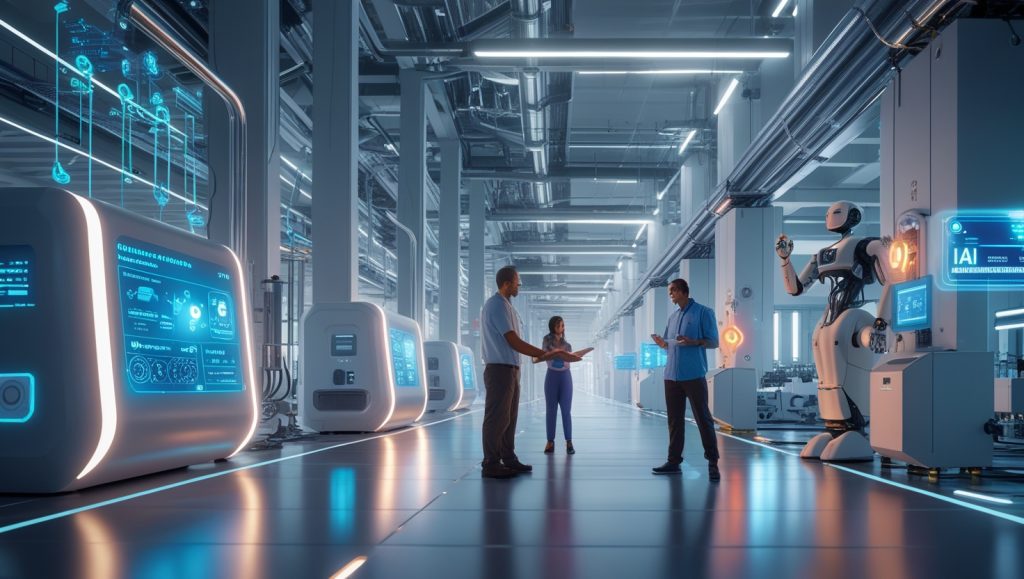
Sustainability Multiplier
Unilever’s “Giga factories” cut Scope 3 emissions 17% by:
- Tracking carbon per machine/hour
- Repurposing server waste heat
- Auto-optimizing water via humidity forecasts
This aligns with robotic recycling advancements.
Workforce Evolution
Contrary to automation fears:
- 48% of technicians transition to AI trainer roles
- Defect analysts become “validation engineers” (35% higher pay)
- Human-AI teams achieve 89% higher productivity
Future Trajectory: Sensors as Profit Centers
Stanford’s 2025 Industrial Automation Report notes:
“Enterprises treating sensors as cost centers will not survive this decade.”
Semiconductor advances slash sensor costs 30% annually. Mid-sized factories now deploy systems previously requiring million-dollar investments.
FAQ: Addressing Key Concerns
How expensive is industrial IoT sensor deployment?
Entry-level vibration monitoring starts at $120/node. ROI averages 8 months via downtime reduction.
Can legacy equipment integrate these sensors?
Yes—retrofit kits like Siemens’ SenseEdge enable 90% compatibility.
Do industrial IoT sensors require AI expertise?
No. Platforms like Rockwell Automation’s FactoryTalk offer pre-trained models.
What cybersecurity standards apply?
IEC 62443 and NIST SP 800-82 cover encryption and access controls.
The Decision Imperative
Industrial IoT sensors transform physical chaos into actionable intelligence. They’re no longer monitoring tools—they’re profit-protecting agents. As Maria Gonzalez’s pre-dawn alert proved: Speed isn’t convenient; it’s existential.
Next Step: Subscribe To our Newsletter for more exclusive updates or explore case studies:


